By Louise Irvine
The oceans hold over 96 percent of the earth’s water so what goes on in our seas is of vital importance to the future of humanity. In Florida, we are never more than 60 miles from the ocean, and we also have the Everglades, a slow-moving river 60 miles wide and over 100 miles long. The River of Grass supports a unique ecosystem with flora and fauna of the wetlands. Legislation to protect and conserve the Everglades as a source of freshwater for the people and wildlife of Florida was instigated in 1947 with the dedication of the Everglades National Park.
Endangered Coral Reefs
Now, attention is turning to the Florida coastline where our coral reefs are in dangerous decline. The Florida Reef Tract, stretching up the Atlantic coast, is the third-largest coral reef formation in the world. Scientists from the National Oceanic and Atmospheric Agency (Noaa) estimate that the degradation is particularly severe in Florida where as little as 2% of original coral cover remains. Coral reefs are considered the most biologically diverse ecosystem in the ocean and they help support over 25% of all marine life. They also provide shoreline protection against hurricanes, tropical storms, beach erosion, and flooding. Ocean warming, coral disease, acidification, pollution, and over-fishing are ongoing causes of reef degradation. Climate change causes coral bleaching and thermal stress when the water reaches temperatures over 86 degrees. Global warming and ocean acidification will continue to destroy our coral reefs without human intervention.
Fortunately, there are initiatives in Florida to create more awareness about the plight of our coral reefs and encourage us to care about what's going on beneath the waves. The team at the 1000 Mermaids Project is working with Ocean Rescue Alliance to enhance marine habitats with artificial reefs, which incorporate art, innovative designs, and safe materials. New coral growth is encouraged on natural and artificial reefs with inventions such as the Coral Lok patented by Chris O’Hare, founder of Reef Cells. The 1000 Mermaids Artificial Reef Project has fused marine biology with art to create underwater sculpture gardens, which are innovative tourist attractions and exciting destinations for divers to explore. The economic benefits of sustaining the coral reefs of Florida cannot be underestimated. The City of Dania Beach, home to WMODA, is now working with the 1000 Mermaids Project to build the first artificial reef in Broward County.
The Role of the Fired Arts
At WMODA, we have partnered with the 1000 Mermaids Project to host events highlighting our marine environment. We are also celebrating our underwater tropical paradise with more exhibits from our collection of fired arts. Many of the glass artists in our community are inspired by ocean life, including Rob Stern with his monumental shells, Josh Fradis with his coral formations, Brenna Baker with her Reef Racers and Chelsea Rousso with her mermaids. The Wiener Museum has become well-known for the fabulous collection of mermaids thanks to our Fantastique exhibition and Mermaid Quest scavenger hunt. We have also created several fantasy events with our very own mermaid in residence, Rhanu, to engage visitors with ocean conservation projects.
Pottery and porcelain artists have also portrayed the wonders of the deep, as can be seen at WMODA. Roger Cockram, a contemporary British potter, and marine biologist, is renowned for his impressive vessels depicting tropical fish, mollusks, and crustacea. The late David Burnham Smith was also fascinated by vividly colored tropical fish and made porcelain panels decorated with a wide variety of species that inhabit the coral reef.
Some of the most exquisite porcelain sculptures of tropical fish were modeled by Ronald Van Ruyckevelt, who worked for the Royal Worcester Porcelain factory in the 1950s and 60s and traveled to America to study the inhabitants of the coral reefs. His realistic portrayals of different fish species also include intricate corals, anemones, and sea urchins. Realistic studies were also the specialty of the American porcelain artist, Edward Marshall Boehm, whose love of flora and fauna included tropical fish in their habitats.
Thanks to all these talented artists, we do not need to be deep-sea divers or even snorkelers to appreciate the beauty of marine life. Dive into WMODA soon to see our latest exhibits. In the meantime, you might also enjoy the Coral City Camera, which is an underwater camera streaming live from an urban coral reef near Miami, This fish-eye view of life underwater is a public art and scientific project by Coral Morphologic. It’s a very soothing screensaver https://www.coralcitycamera.com/
Find our more about saving our coral reefs in the Chasing Coral Netflix documentary
Read more...

Tropical Fish
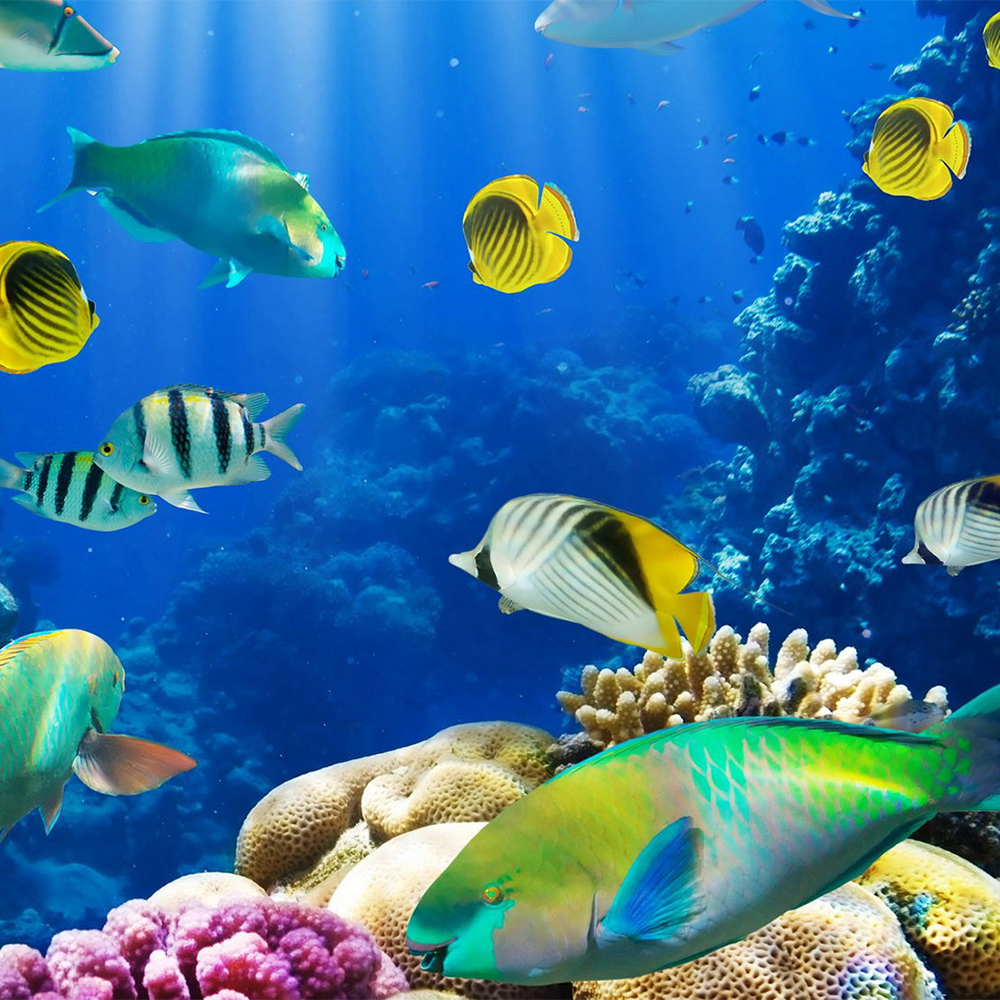
Tropical Fish
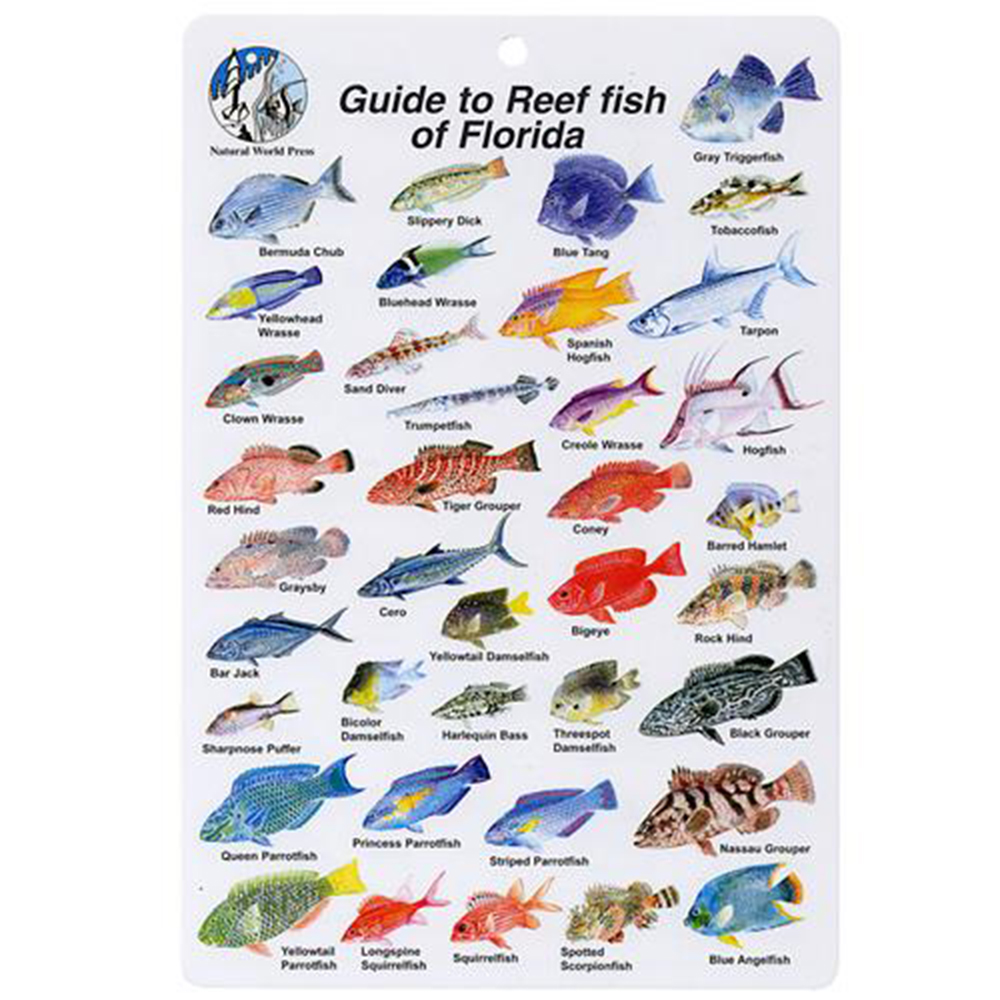
Reef Fish of Florida
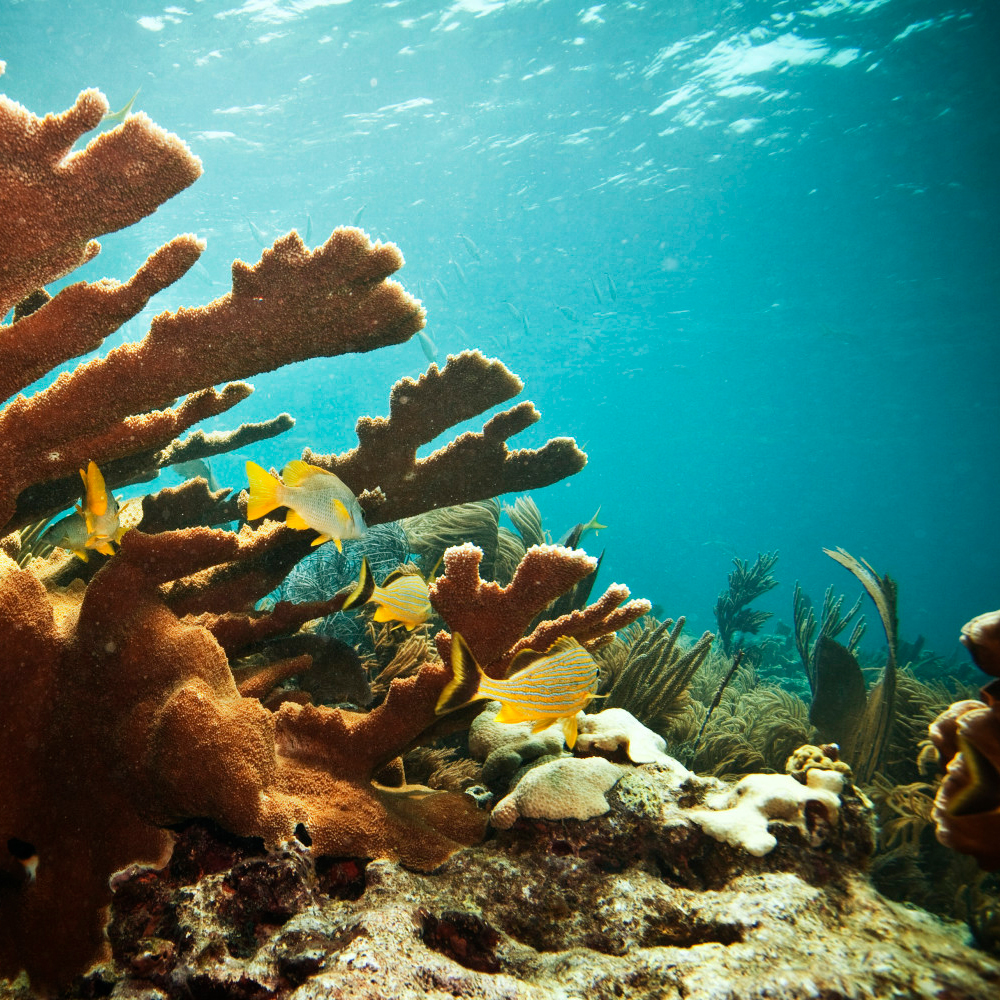
Coral Reef

Coral Reef
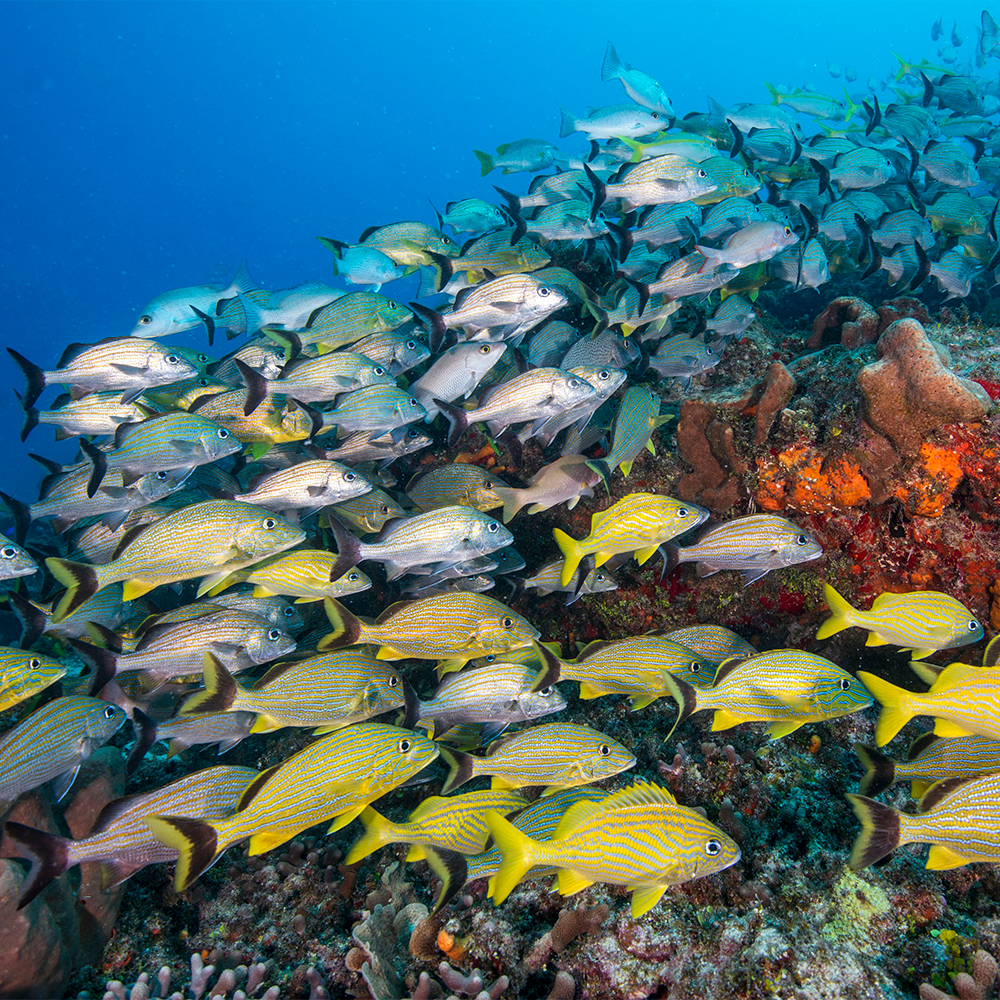
Coral Reef
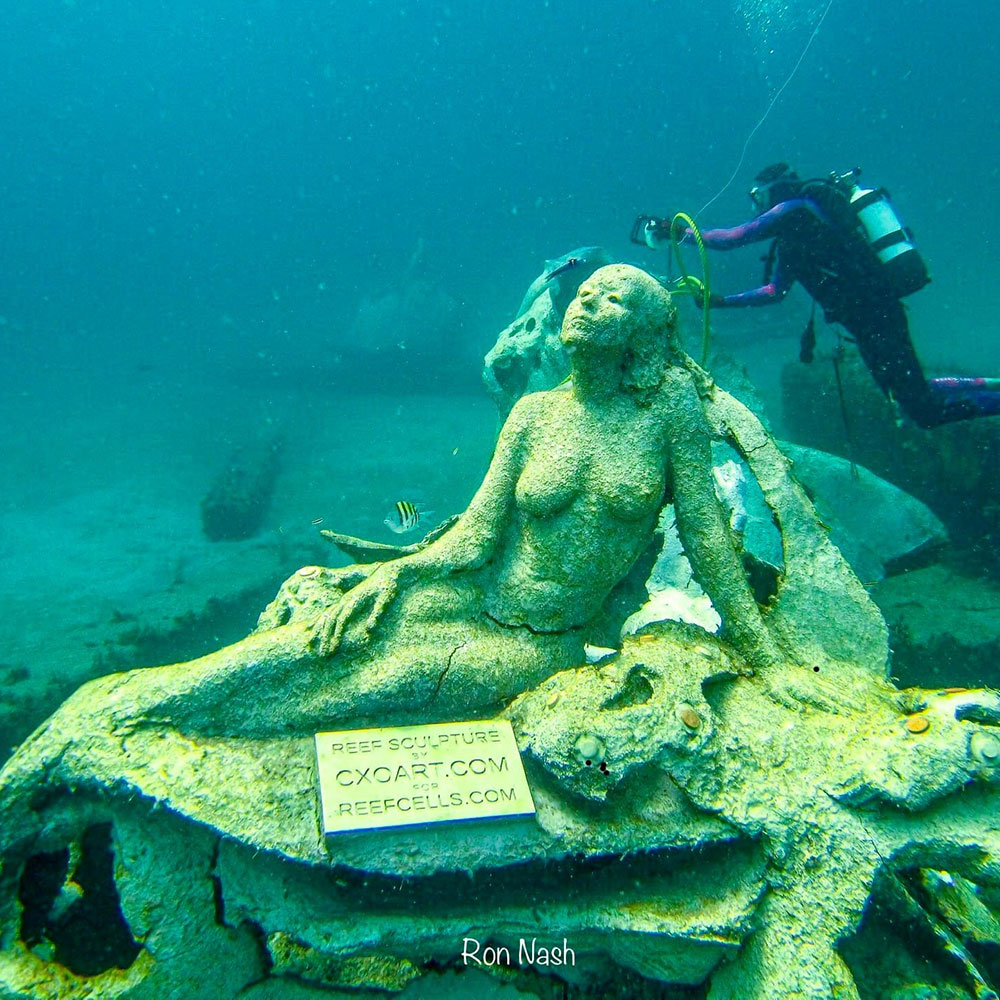
1000 Mermaid Project
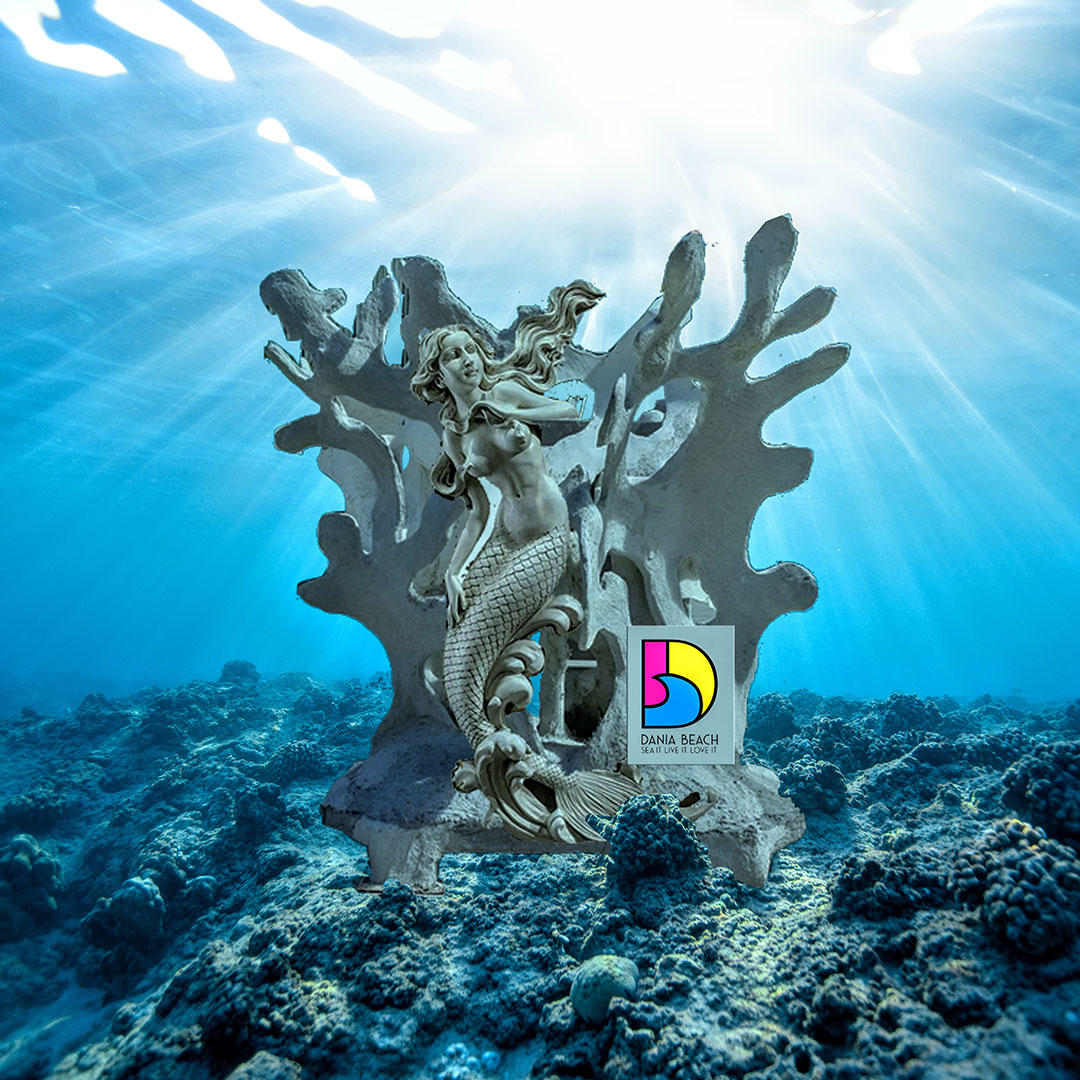
1000 Mermaid Project
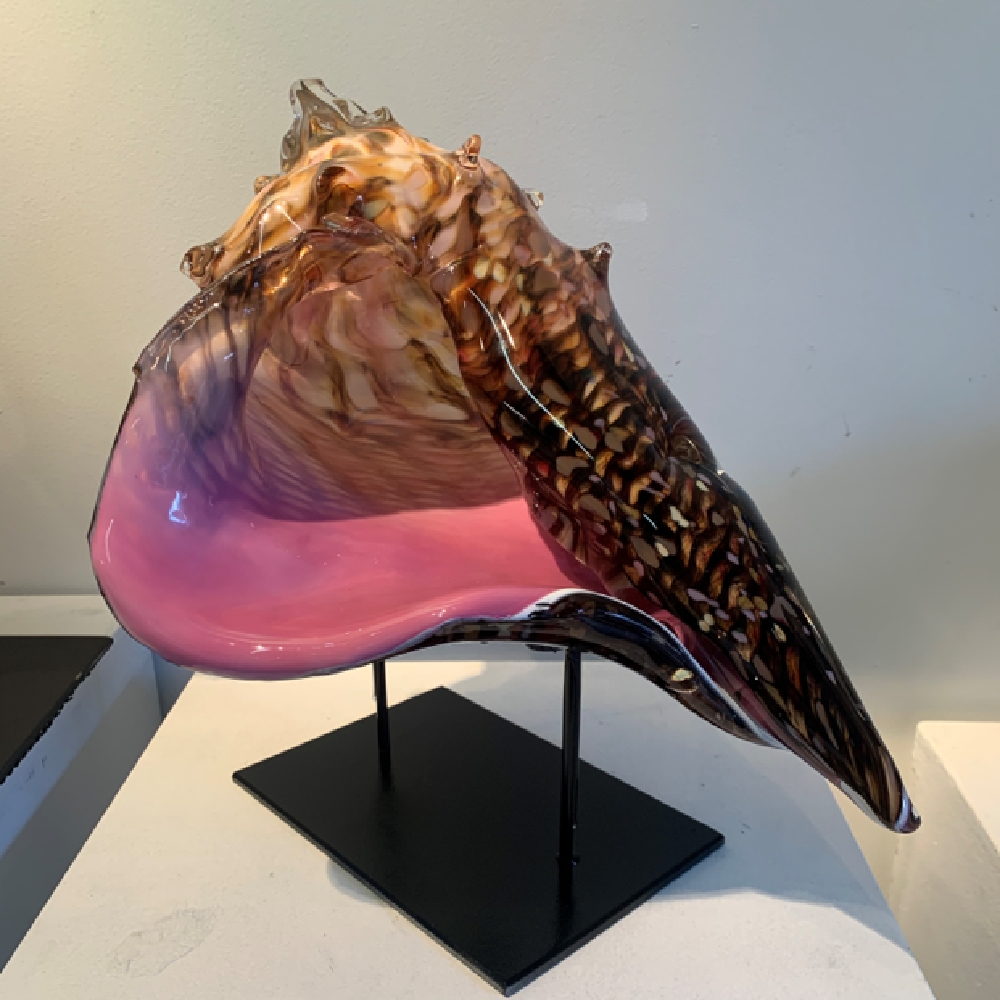
Pink Conch by R. Stern

Conch by R. Stern
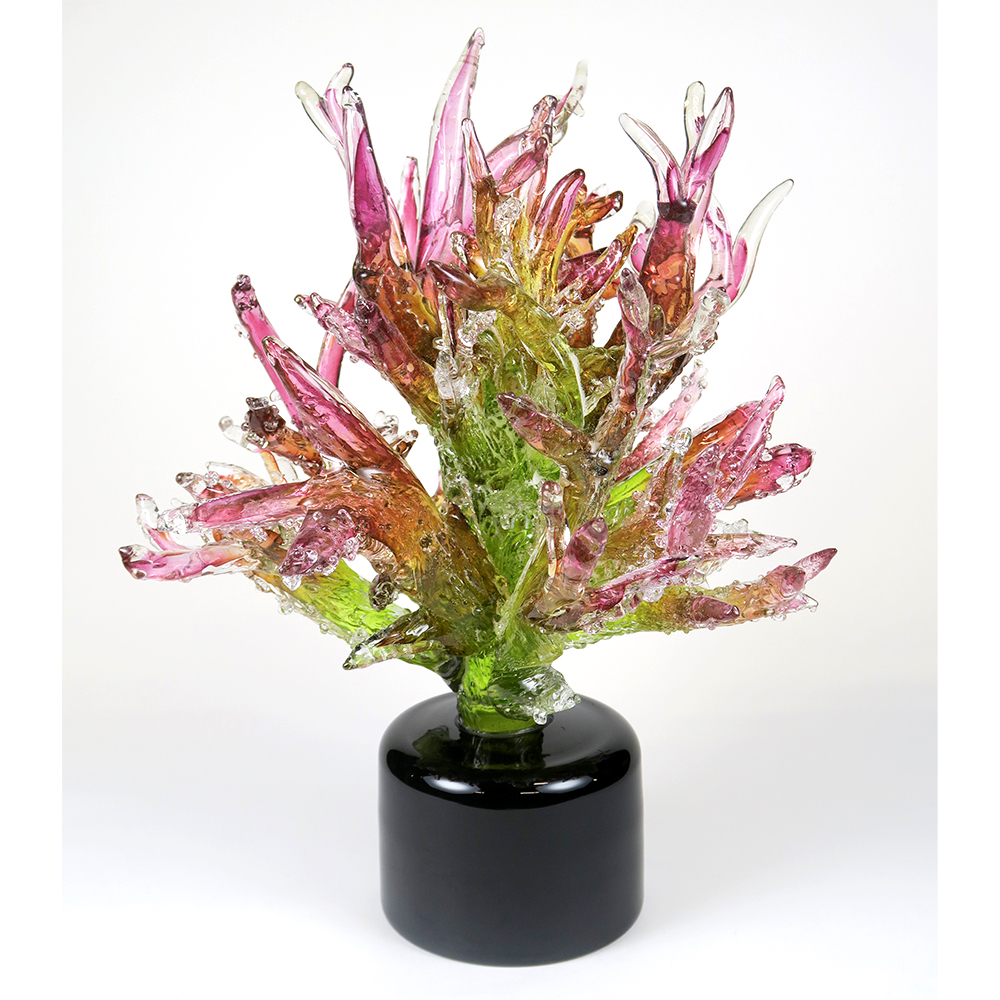
Coral by R. Stern

Rob Stern making coral
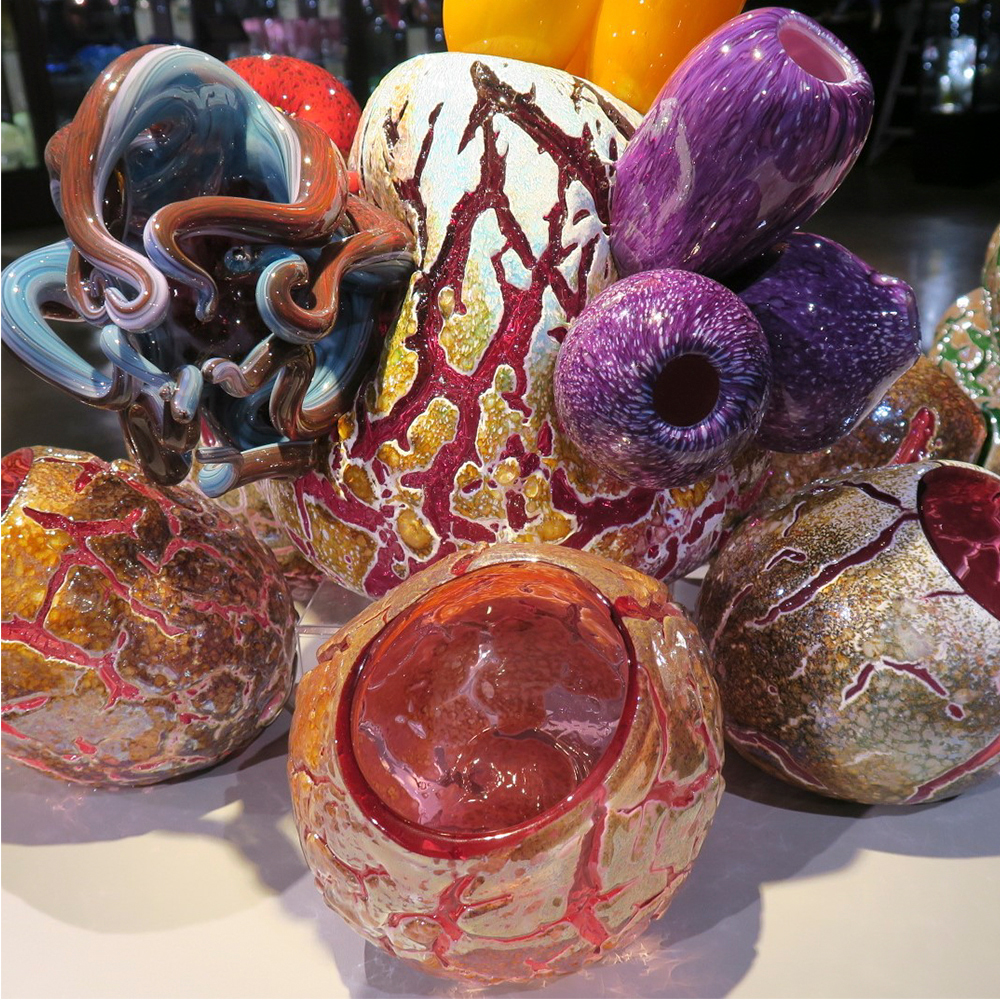
Coral Caverns by J. Fradis

Red Octopus by J. Fradis

Wave by J. Fradis
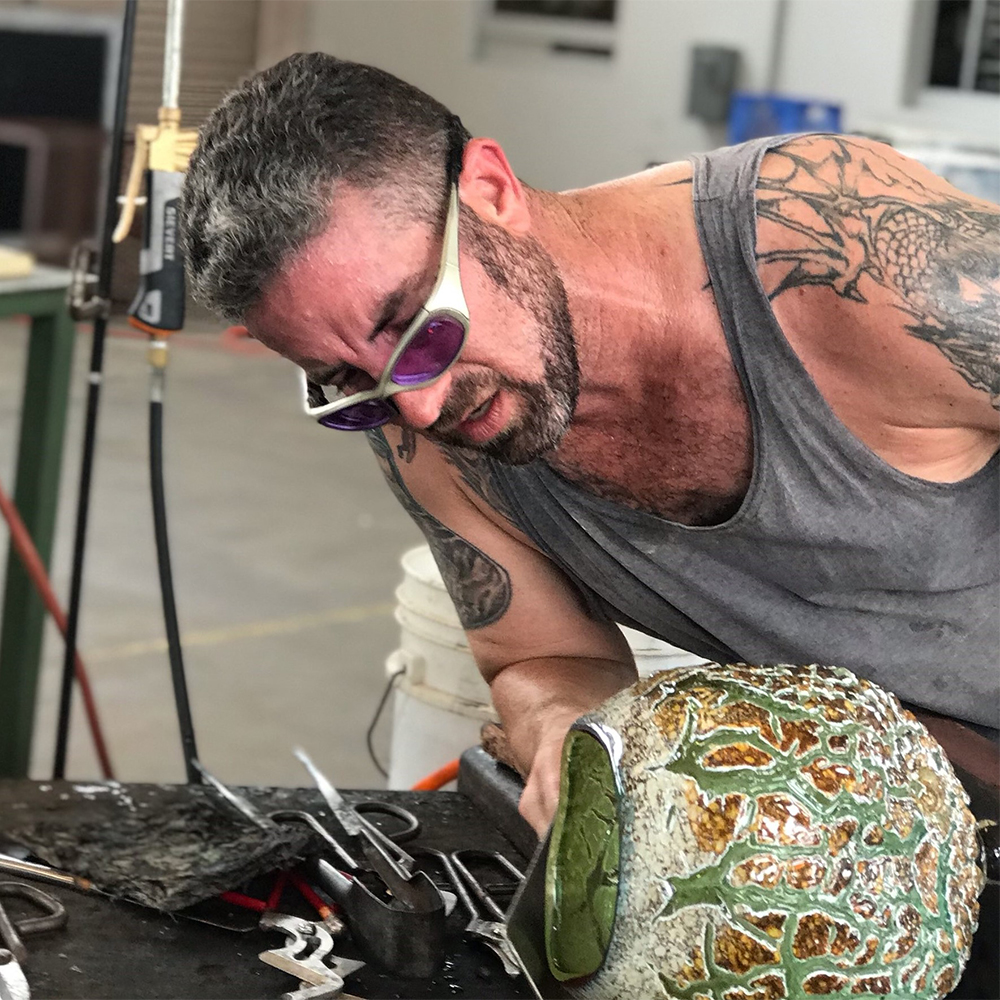
Josh Fradis
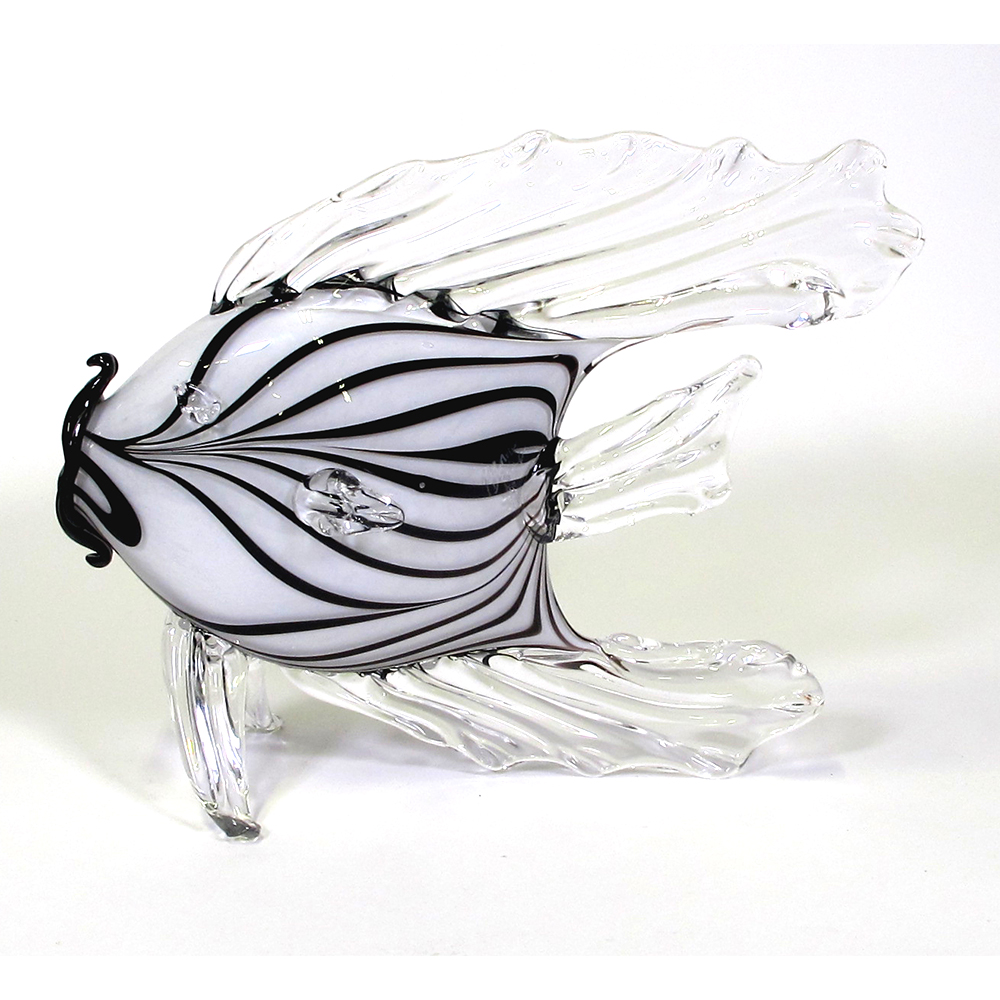
Reef Racer by B. Baker
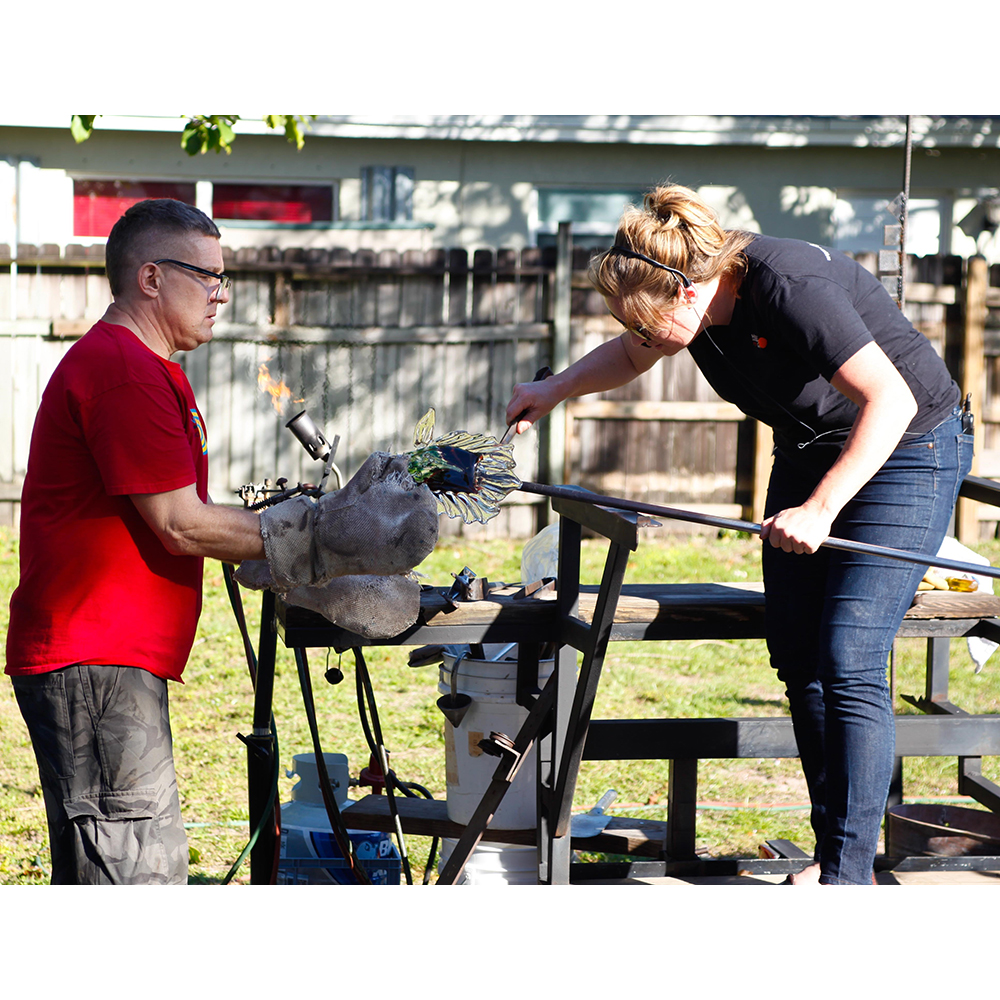
Matt Janke and Brenna Baker making a fish at WMODA
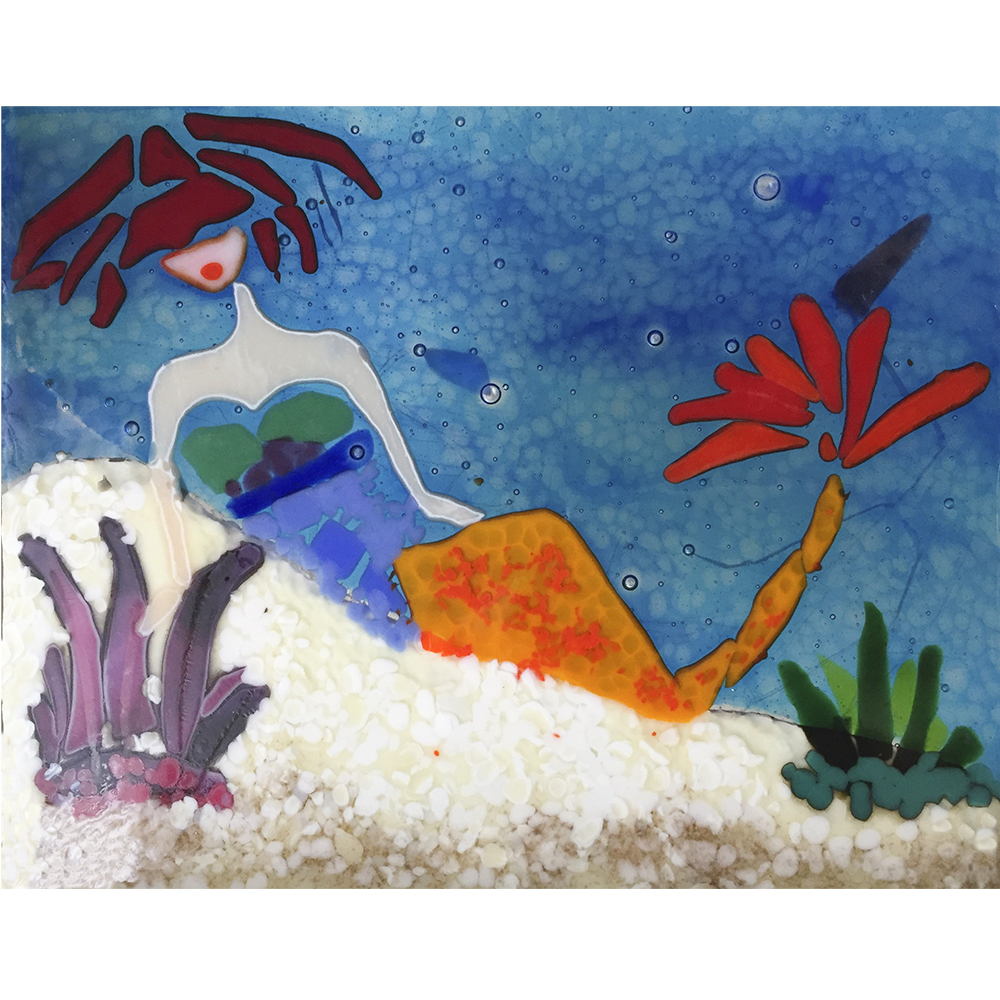
Mermaid by C. Rousso

Fish by S. Donato
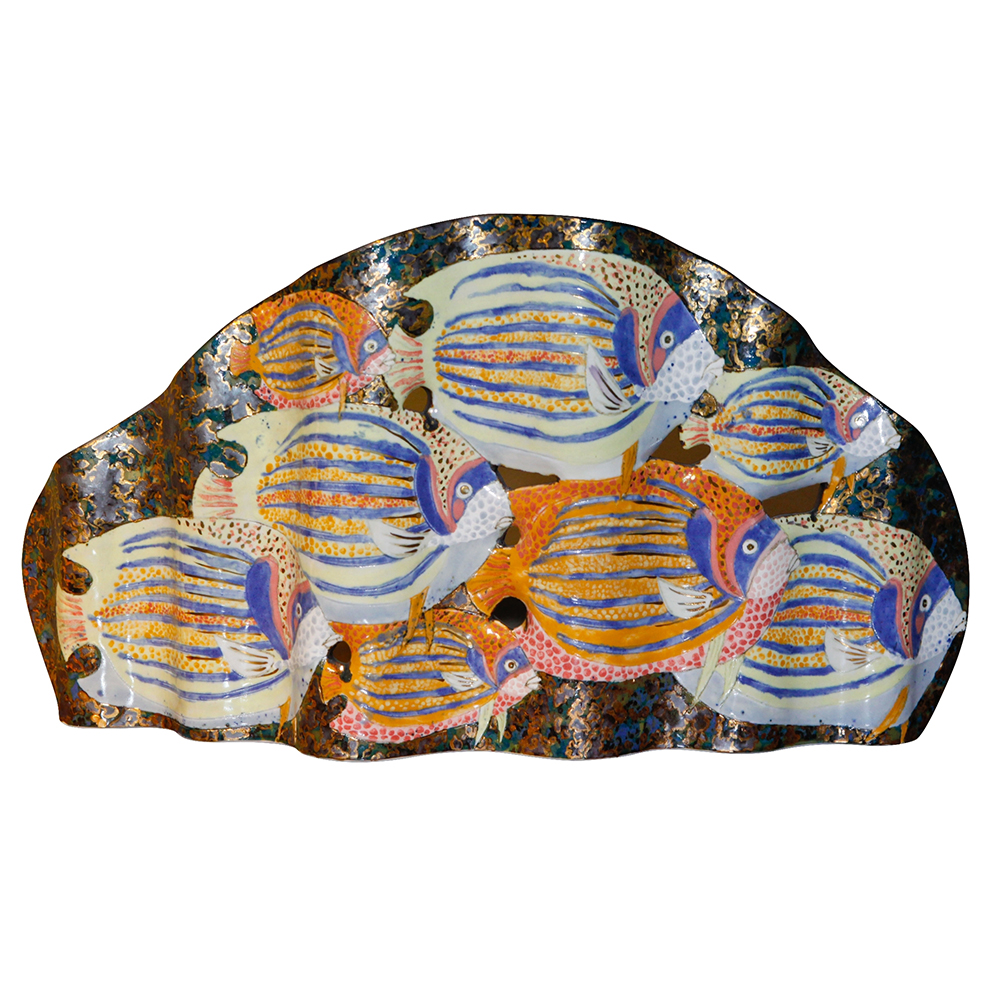
Emperor Wave by R. Cockram
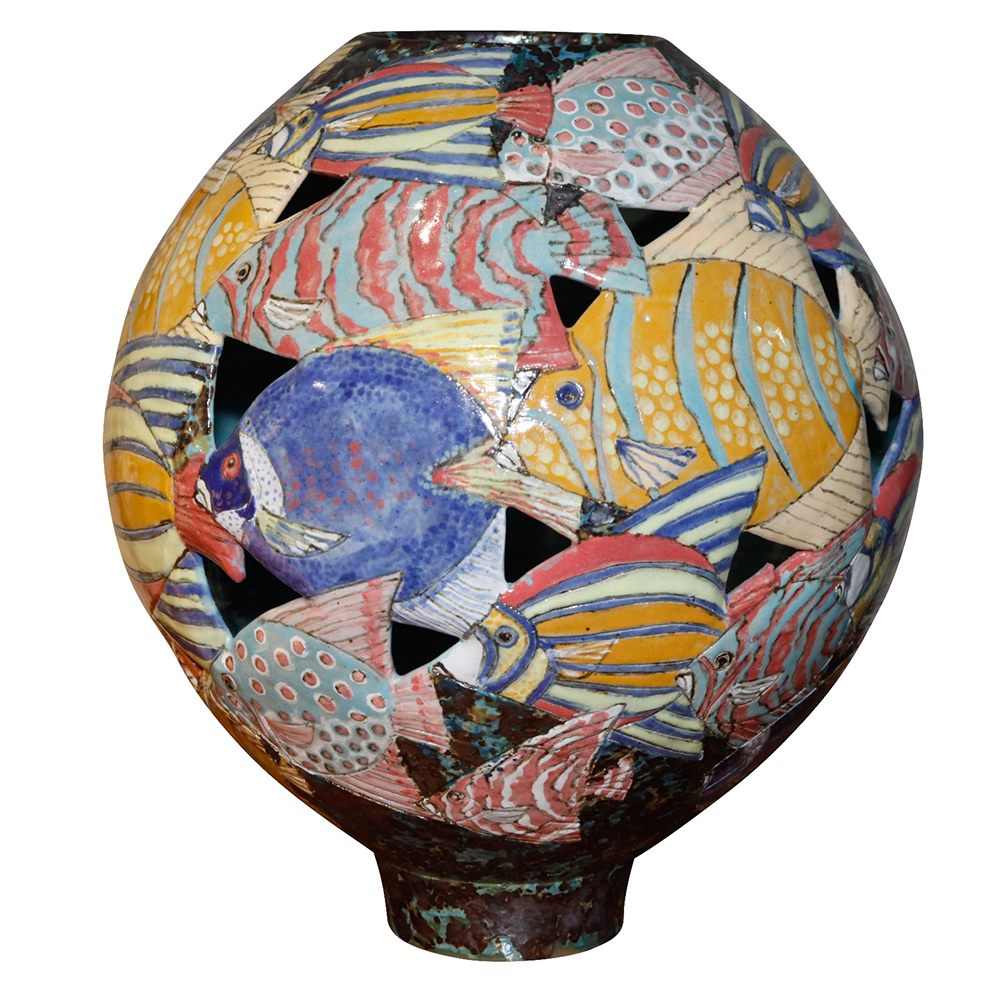
Tropical Fish Vase by R. Cockram

Puffer Fish Vase by R. Cockram
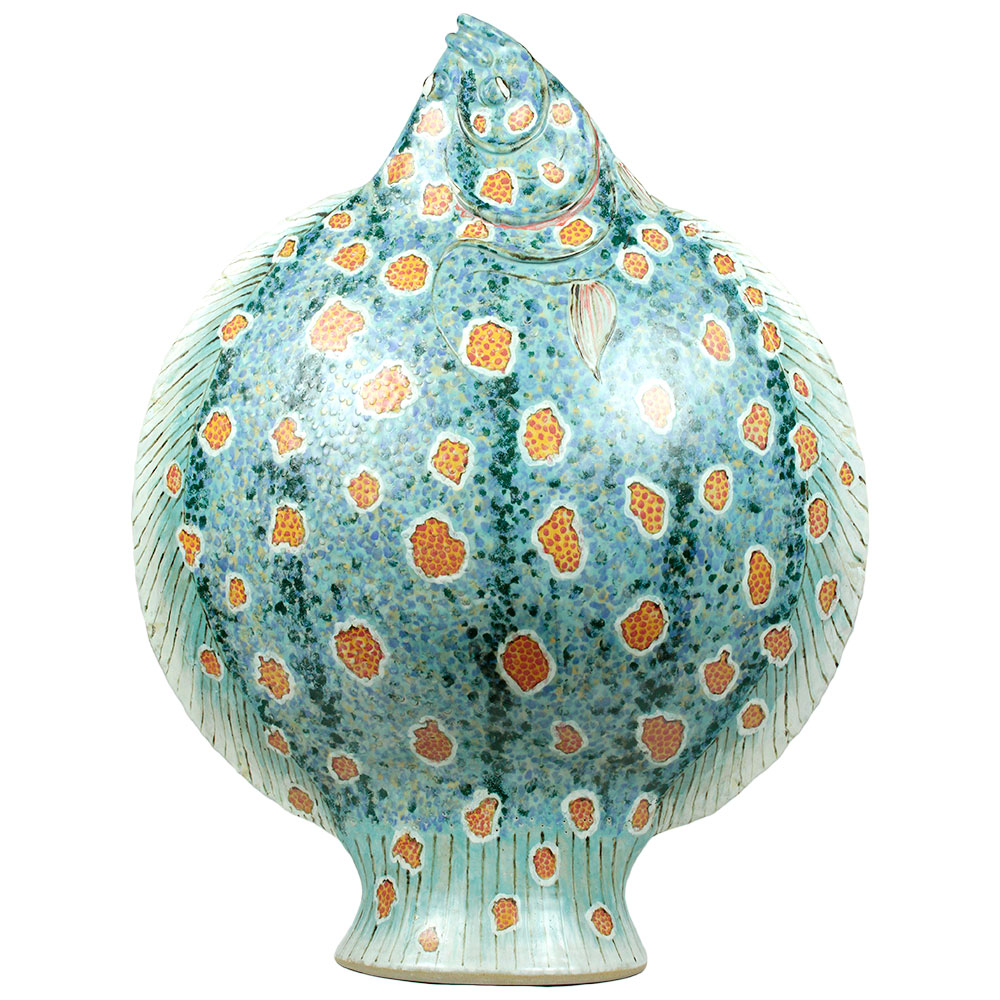
Plaiced on a Sea Bed by R. Cockram

Fish Plaque by D. Burnham Smith
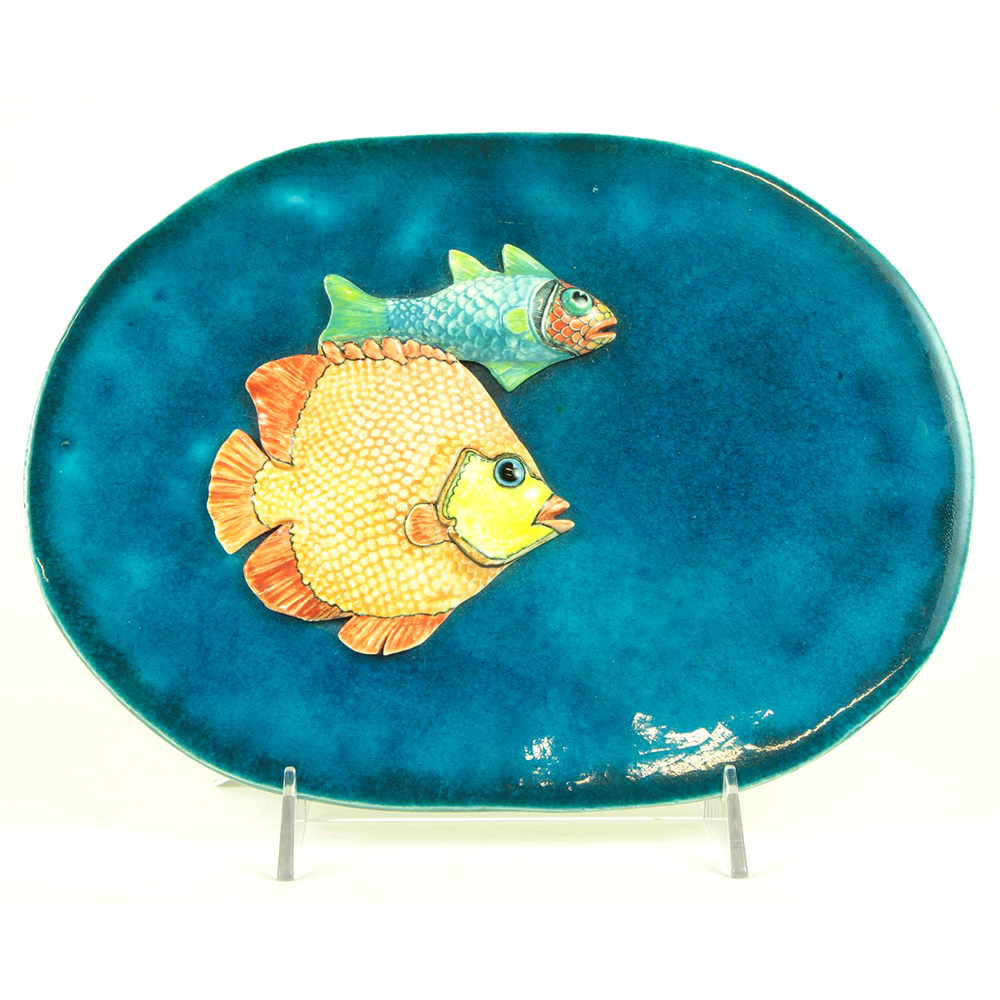
Fish Plaque by D. Burnham Smith
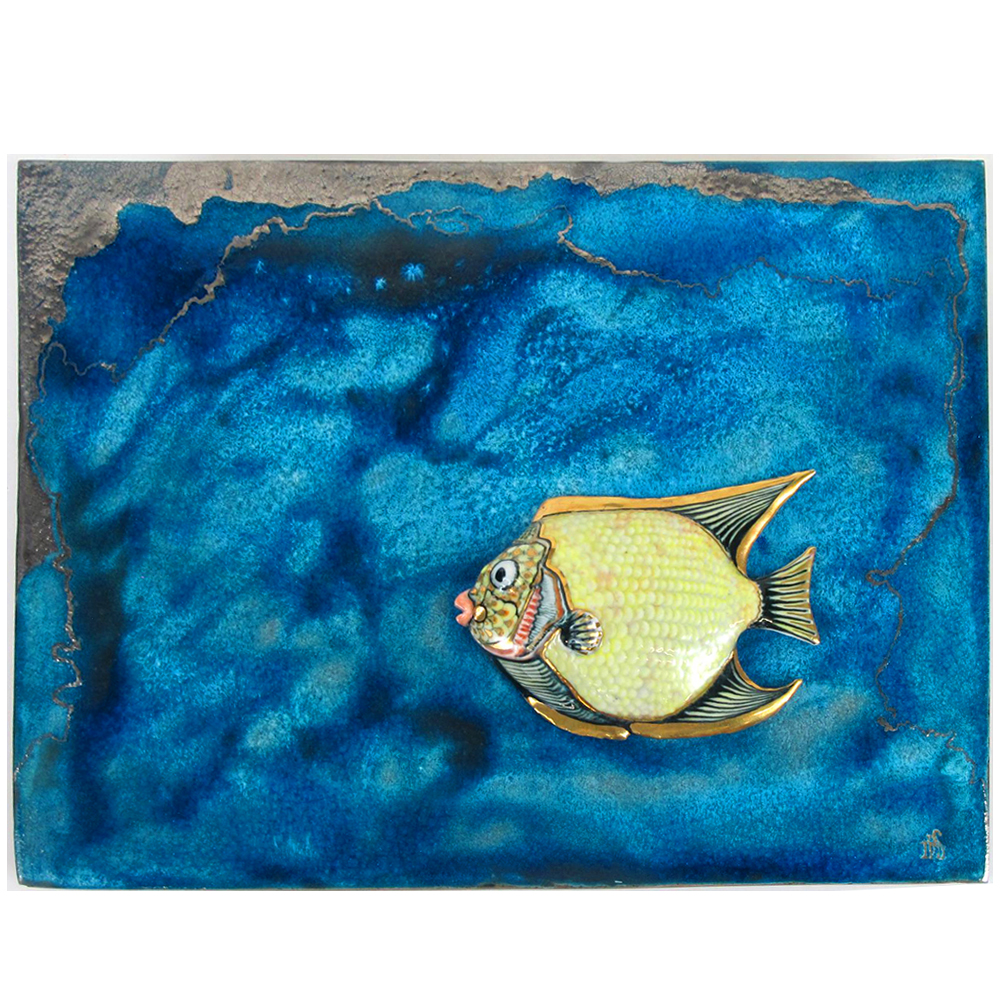
Fish Plaque by D. Burnham Smith

Fish Plaque by D. Burnham Smith

Fish Plaque by D. Burnham Smith
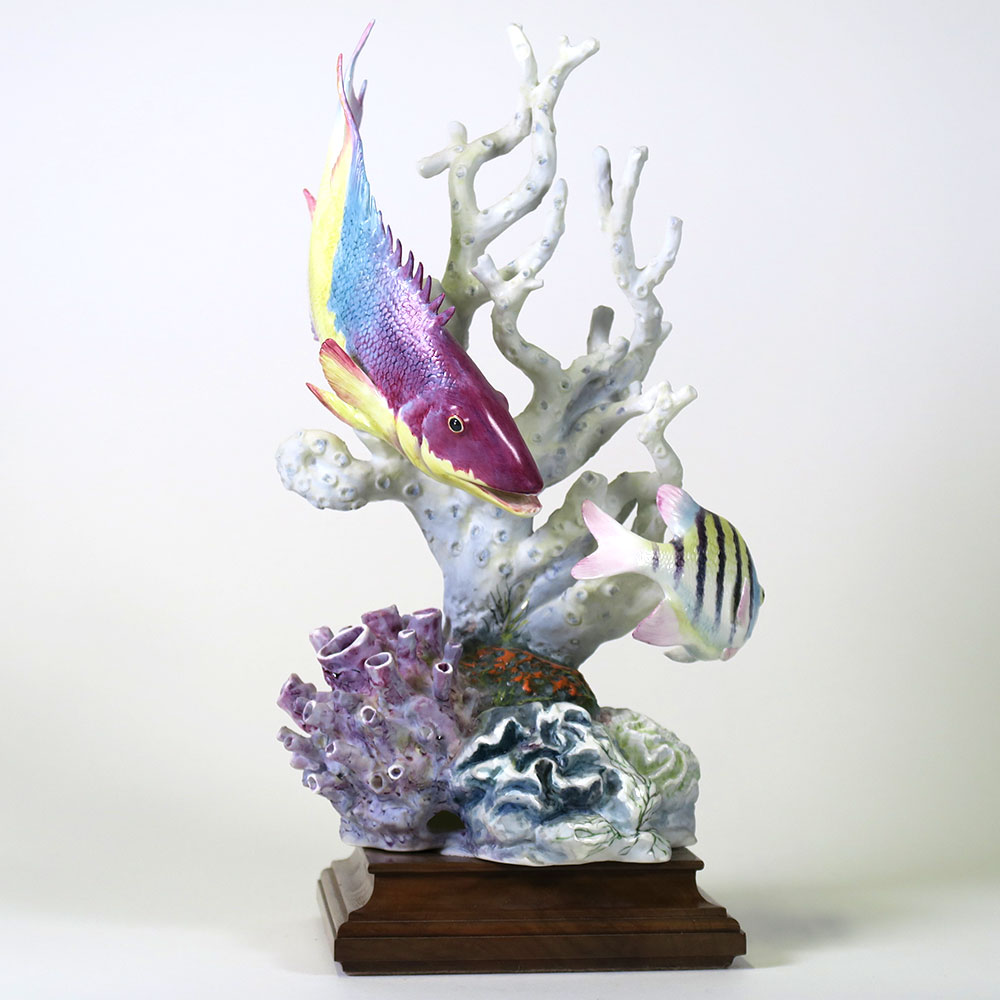
Royal Worcester Spanish Hog & Sergeant Major Royal by R. Van Ruyckevelt

Royal Worcester Rock Beauty by R. Van Ruyckevelt

Royal Worcester Red Hind Fish by R. Van Ruyckevelt
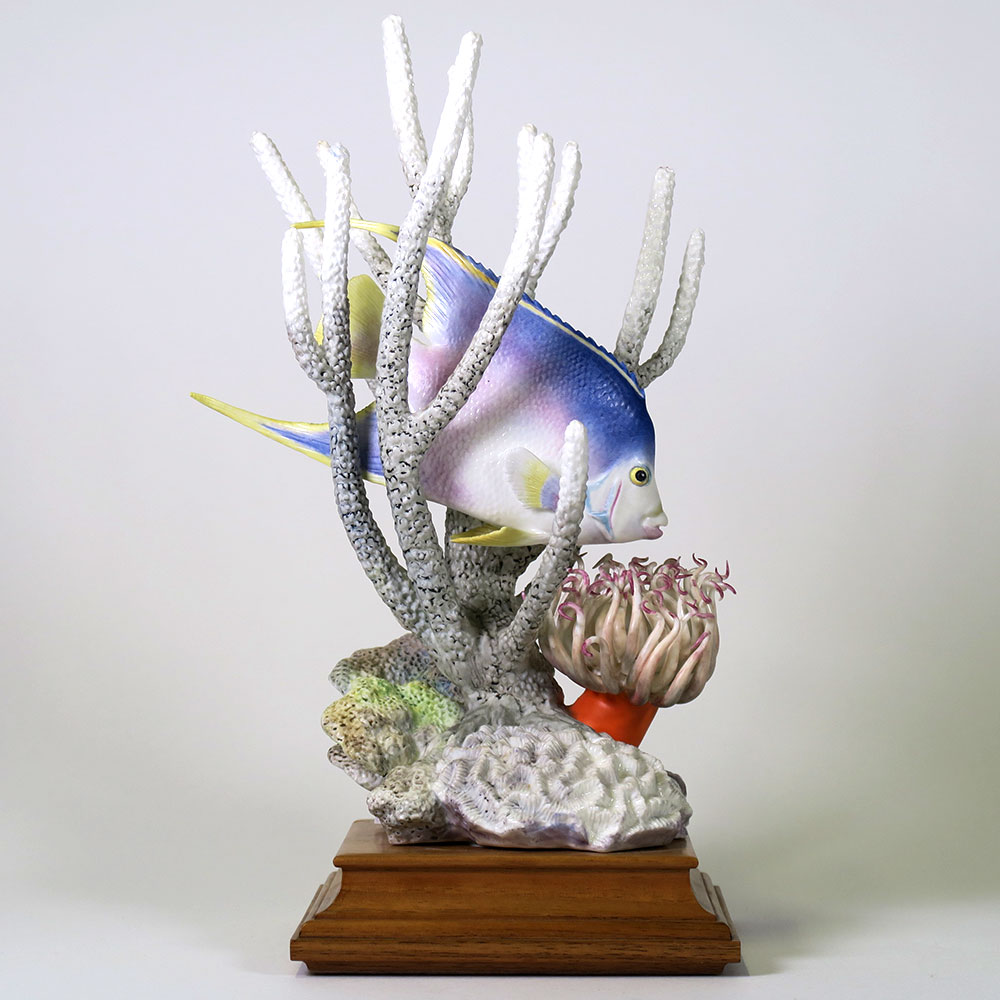
Royal Worcester Blue Angel Fish by R. Van Ruyckevelt
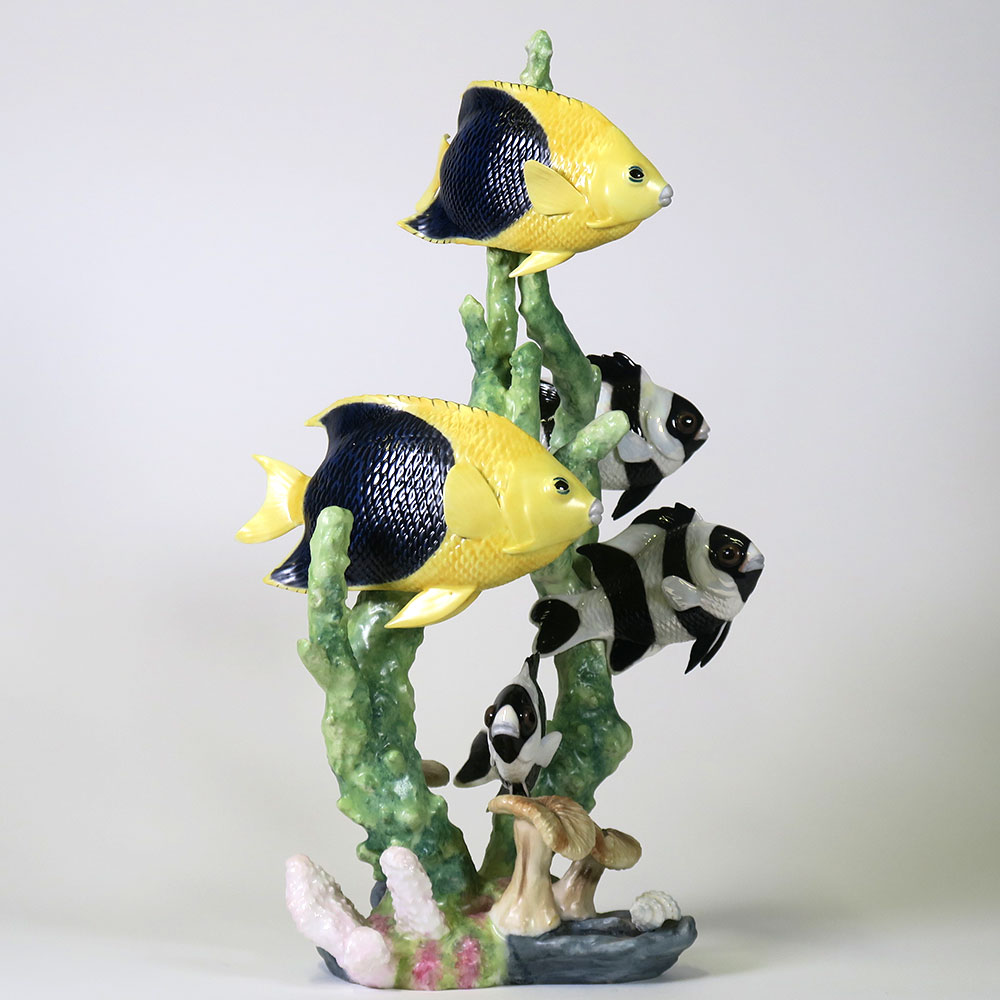
Boehm Rock Beauty & Black & White Damsel
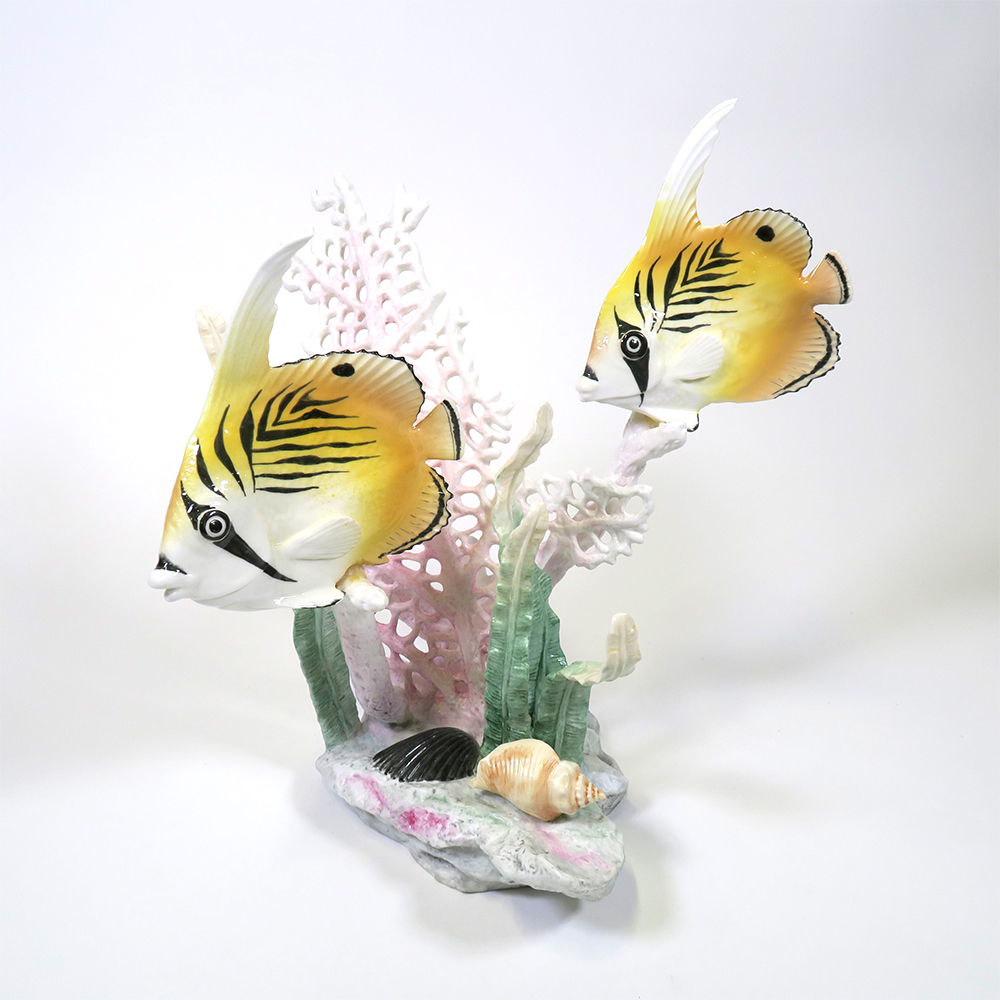
Boehm Butterfly Fish with Corals
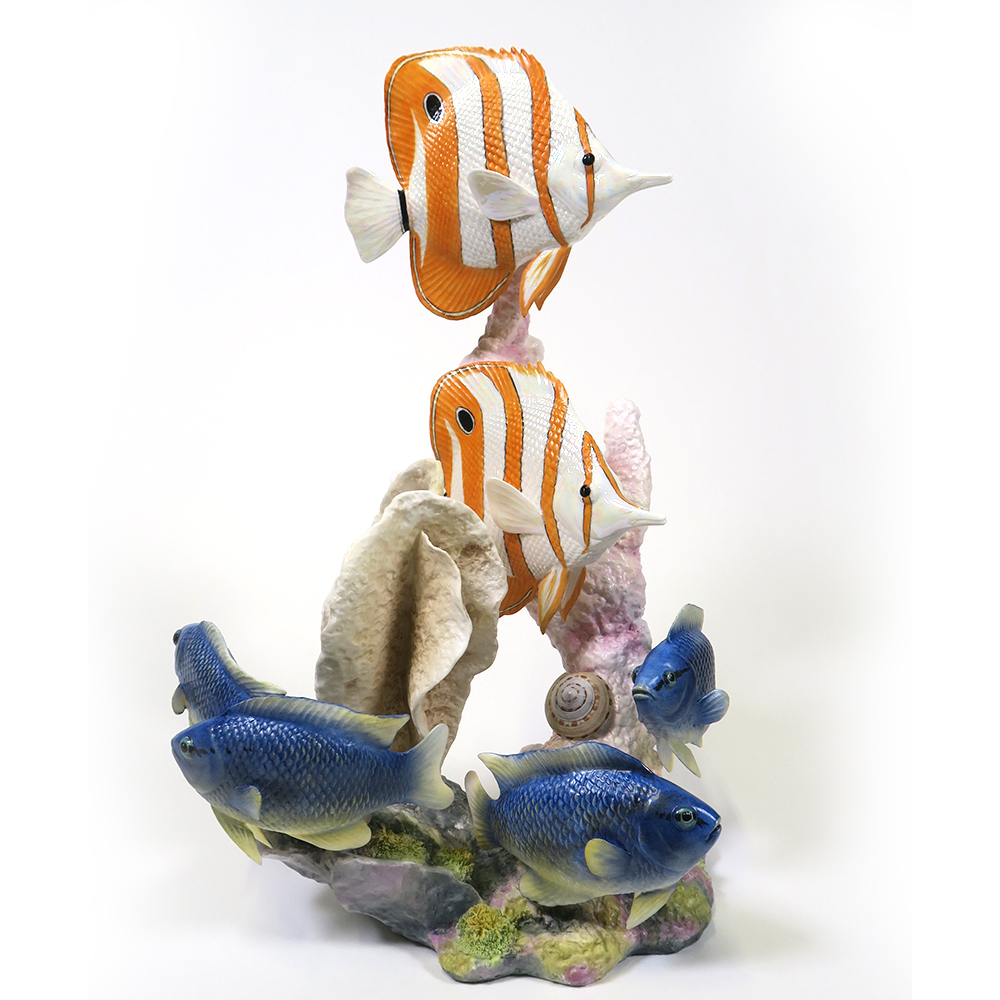
Boehm Copper Band Butterfly Fish with Blue Damsels

